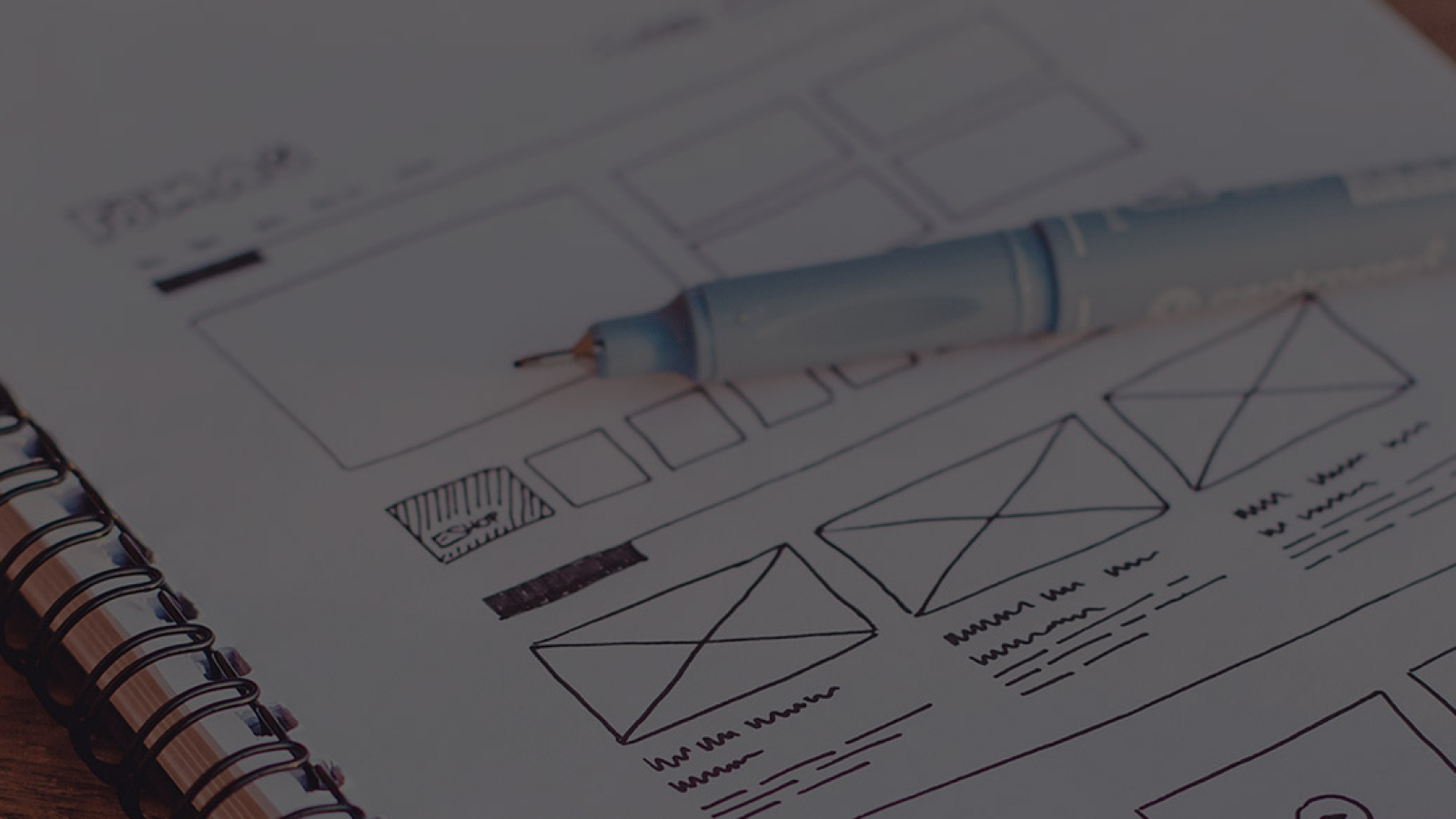The design and development process spans from the conception of the idea to its subsequent publication in stores and an analysis of usage results. Throughout the entire process, designers and developers work together in an organized manner to meet the objectives of each stage.
These stages can be divided into: Conceptualization, Definition, Design, Development, and Publication. The design and development stages reflect the greatest effort and interaction between designers and developers. Therefore, perfect communication and synchronization in the role of each participant in the process are essential.

Conceptualization
During this stage, the ideation process takes place, marking the instance in which the application begins to take form. A market research effort is essential to understand the needs and issues of users. Following this research, a concept viability check is conducted. This ensures that we can confidently approach the rest of the project.
Definition
Here, we will define two crucial points: User Definition and Application Functionality Definition. We will provide detailed descriptions of each definition to determine the project’s scope, the complexity of the design, establish timelines, and plan for subsequent development.
Design
During the creative process, the design stage is the most time-intensive, as it, along with development, constitutes the most crucial moments in this journey. Therefore, we break it down into the following sub-stages: Wireframes, Prototype, Testing, and Visual Design.
We’ll translate concepts and definitions into a tangible form, starting with wireframes and then creating prototypes for user testing. Finally, we’ll apply the visual styles.
Development
Here, we work on two fronts: programming the application’s code and subsequently addressing any bugs (errors) that may arise after testing the application. The developer is responsible for bringing the designs to life by creating the structure that supports the application’s functionality. Errors will be corrected—some at the definition or design level, and others functional—reaching a publication stage with a properly functioning application.
Publication
The key moment! The app is released on official stores for download based on your smartphone’s operating system version. Additionally, crucial stages for the project’s evolution begin: tracking and updating.
Tracking allows us to understand, through statistics and user feedback, how the app performs, its behavior, and its overall performance. These user-provided data enable us to plan future updates, whether to address errors or make functional improvements.
Conclusion
As you can see, developing an app is a highly motivating challenge. If these stages are considered and the objectives of each are met, we can create an app that provides real solutions for its users.
At Avra, we strive to exceed expectations. We believe in the power of innovation and usability to drive the success of your application. We invite you to share your idea with us!
